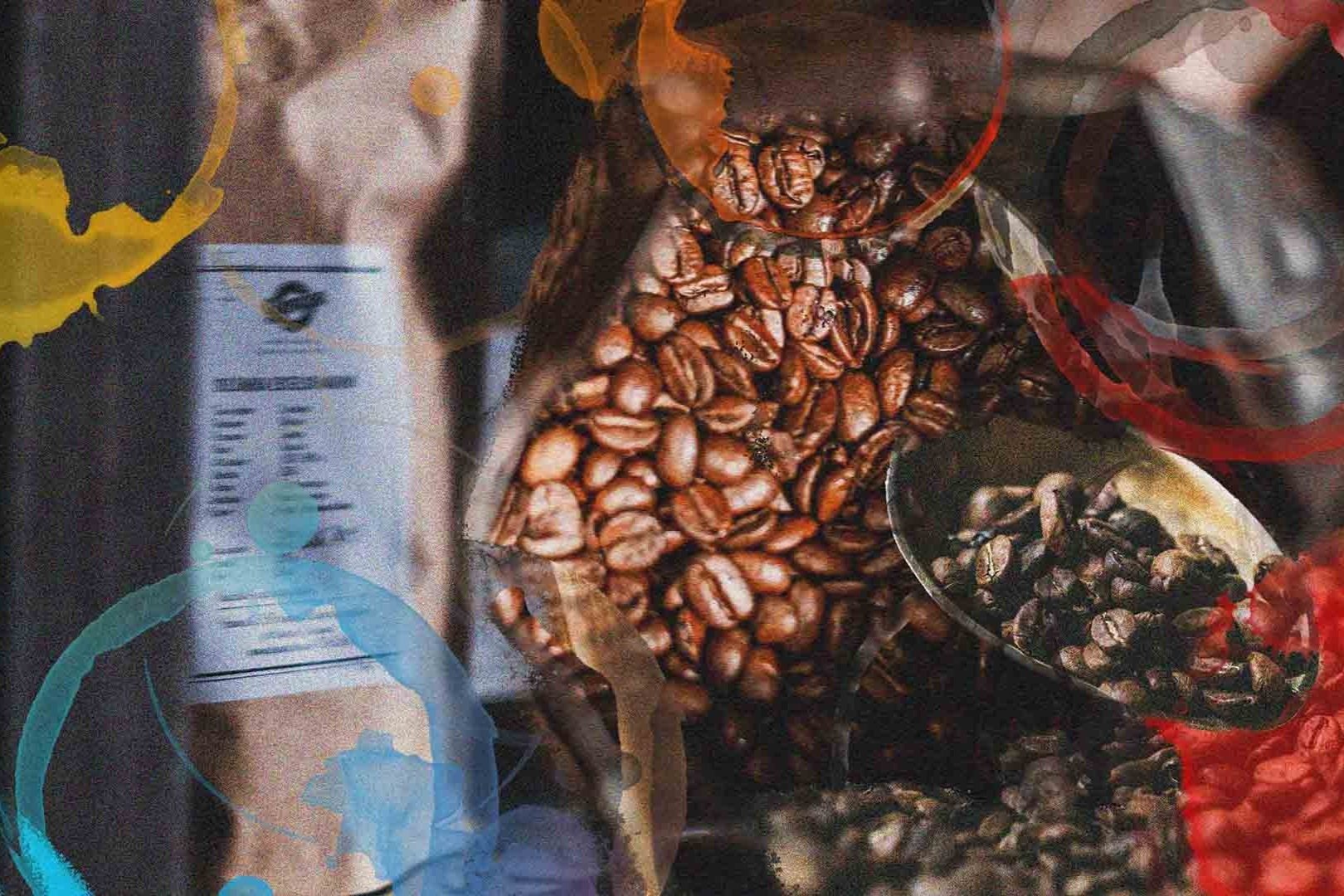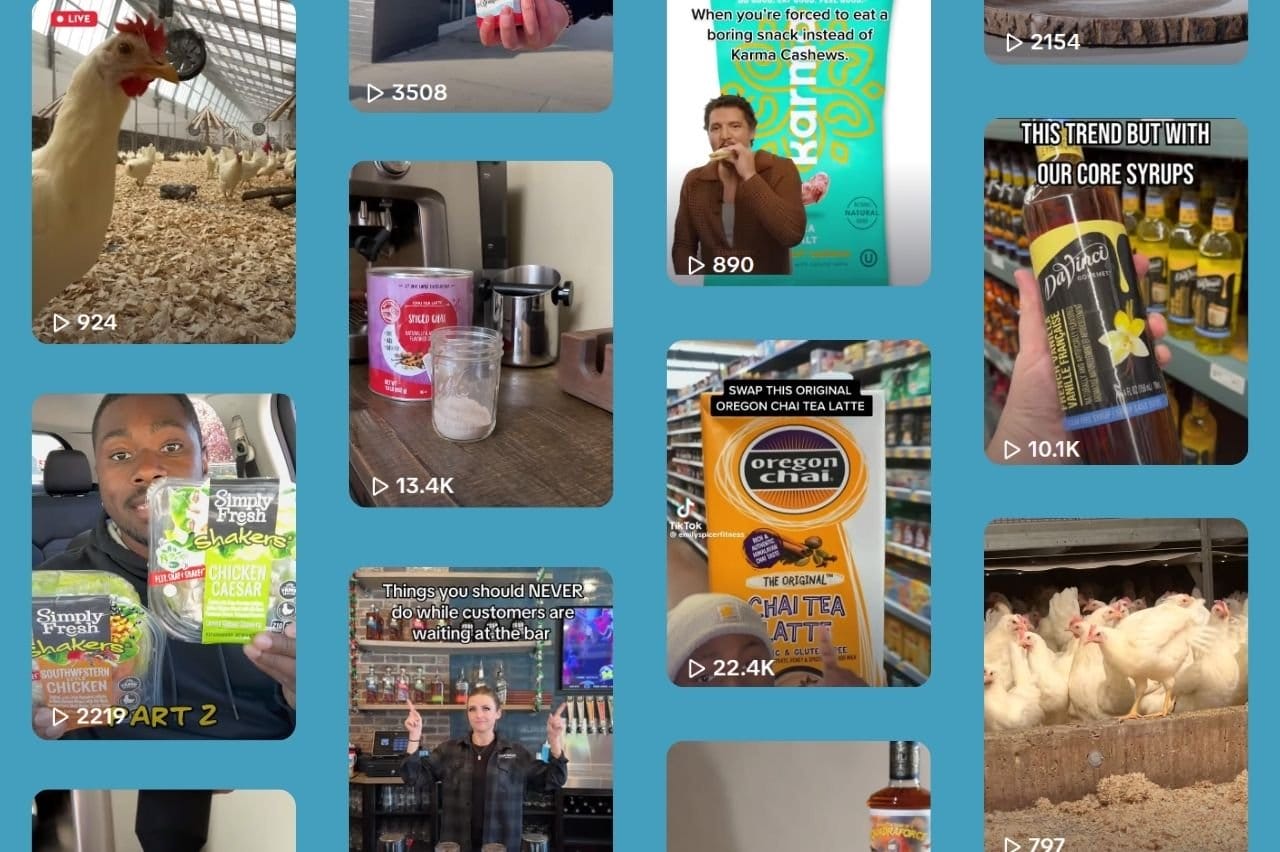Best Social Media Strategies For Packaged Coffee Beans

Coffee is life.
It’s the first thing most people reach for in the morning (besides turning off their alarm).
It’s what I drank while writing this blog.
To many, it’s the nectar of well-being, giving the drinker a boost in whatever activity they have throughout the day. Because this stimulant is somehow legal, brands are competing heavily to get into consumers’ mugs.
In the United States, there are 2,167 coffee production businesses as of this year. Primarily, these businesses are located in California, Oregon, and Texas. Still, this is a mere fraction of the total produced, with over 175 million coffee bags created globally last year. Specifically, Brazil is the country that creates the highest amount of coffee; the United States was the world’s largest importer, receiving $5.83 billion worth of coffee exported from Brazil.
Talk about a caffeine high.
Because of the COVID-19 pandemic, sales of coffee rose by 1.08 million metric tons since 2020. As a result, direct to consumers channels have increased and coffee companies began investing in proper websites. This is attributed to numerous coffee shops being closed and more individuals purchasing machines. Last year, the US population spent an average of $270 on a cup of joe.
How Social Media Marketing Helps
“63% of people use social media to learn about new coffee brands, making it a crucial part of any coffee brand’s online marketing strategy.”
— National Coffee Association
As the coffee industry grows increasingly competitive, coffee brands must use every tool readily available to stay competitive. An important component is by implementing a social media marketing strategy. With the rise of e-commerce, the Internet is a vital arena for businesses to connect directly with customers, effectively expanding their reach.
Social media platforms – like Facebook, Instagram, Twitter, and TikTok – offer a unique and cost-effective way to promote coffee brands, engage with customers, and drive sales. After all, according to a survey by the National Coffee Association, 63% of people use social media to learn about new coffee brands, making it a crucial part of any coffee brand’s online marketing strategy. By utilizing a social media marketing strategy, coffee companies have a powerful tool at their disposal to reach their target audience and promote their offerings.
Here are the different methods coffee brands can follow to assist their overall strategy:
Be Eco-Friendly
“In the United States, approximately 62% of people drink coffee daily.”
— Coffee Affection
Considering that over half of our country consumes the beverage every day (an estimated 62%), it’s obvious that coffee is a consistent best seller.
Unfortunately, our addiction to coffee has hit forests and biodiversity. It’s not a secret side effect. As the world’s second most tradable commodity behind oil, it’s also sad to think that the 100 million folks growing coffee around the world are usually excluded from the huge profits in the industry. On average, third-world coffee farmers receive a paltry 10% of the eventual retail price. Price reductions and undercutting have been a detriment to workers, exposed to fluctuations in a volatile market.
Making an online effort toward humanitarian efforts (via both ethical and environmental) can go a long way. Starbucks focuses on Fairtrade, a foundation whose mission is to reduce poverty through trade and establish a premium guarantee for producers. To combat deforestation, Sustainable Agriculture Network (SAN) adheres to sustainability principles.
Lean On UGC
The best coffee is the one that has a positive word-of-mouth reputation. Why wouldn’t you incorporate these stories when advertising your coffee across platforms? Not all content needs to come from an internal team or an agency. Local customers can speak for your brand, using language and visuals far more likely to resonate with new potential customers.
Always ask the creator for permission first. A friendly DM makes the creator feel appreciated for their mention, and seen. If you seek to increase local brand awareness and boost sales, it’s often important to establish local connections in these posts.
Social proof doesn’t hurt. This can come in many different forms, ranging from customer reviews to food and beverage press features to awards. Awards can be listed in the bio or put into a story or feed post.
Celebrate National Coffee Holidays
“As of this writing, there are 24 coffee holidays in the United States; each month has at least one of these aforementioned holidays.”
Food and beverage holidays essentially coincide with everything we love to eat and drink. One of our favorite celebrations is for coffee.
As of this writing, there are 24 coffee holidays in the United States; each month has at least one of these aforementioned holidays. Standouts include National Coffee Day (May 16th), National Espresso Day (November 24th), and National Homebrew Day. The entire month of August is even considered National Coffee Month.
Currently, there are nearly one million posts on Instagram with the hashtag #nationalcoffeeday.
Obviously, these holidays are complete rubbish. All were simply created by food marketers to lure consumers to eat and purchase more foods. The more unique the coffee holiday, the more marketers have the ability to create unique promotions of their own. Strange albeit engaging content can lead to buzz around your business.
Interactions
“90% of consumers say they use social media to communicate directly with brands.”
— Sprout Social
Communicating with consumers is absolutely vital in a social media marketing landscape. By speaking with these online communities, you bolster your connection with potential customers, while simultaneously building brand awareness.
As per a study by Sprout Social, 90% of consumers say they use social media to communicate directly with brands. Besides engaging with these users cross-platform, brands can participate in coffee-themed forums and partner with bloggers or other influencers in the coffee industry. We’ll get to that last part in a second.
Influencer Marketing
“89% of marketers say that influencer marketing ROI is comparable to or better than other marketing channels.”
— Mediakix
According to a survey by Mediakix, 89% of marketers say that influencer marketing ROI is comparable to or better than other marketing channels. Influencer marketing is key here. The influencer’s following, engagement rates, and demographics help ensure they will reach their target audience effectively.
For example, if your coffee brand targets health-conscious consumers, you may want to consider partnering with fitness influencers who promote healthy lifestyle choices. If your coffee brand design skews towards a younger demographic, TikTok is where it’s at.
According to Influencer Marketing Hub, businesses earn an average of $5.20 for every $1 spent on influencer marketing. With the right influencer marketing strategy, coffee brands can tap into the power of social media influencers to reach a wider audience and increase their sales.
Storytelling
“Social media is an ideal platform for storytelling and taking an audience along on your company’s journey, as your roast, brew, and grow.”
— Jake Leonti, writer and food + beverage advisor
Coffee is an industry based in stories. From the myth of coffee’s discovery to the journey the beans take from seed to cup, there are countless stories in between. As per Jake Leonti, writer and food + beverage advisor: “Social media is an ideal platform for storytelling and taking an audience along on your company’s journey, as your roast, brew, and grow.”
Storytelling can also translate to educational material. Short-form content on Instagram or TikTok captures different brewing techniques and highlights shared recipes. As coffee roasters or cafe companies, brands should be the resources performing the most teaching through these platforms.
We at Firebelly Marketing are coffee addicts. If you have a packaged coffee brand that needs a social media marketing strategy, let’s talk over a cup of joe!
Written by Jake Leonti & Kyle Spishock


